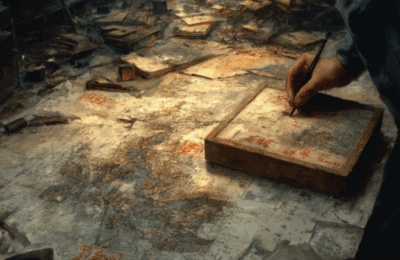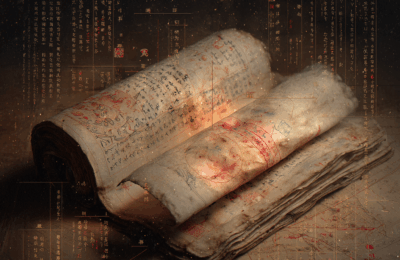《帛上文明四部曲·之四|漂泊之帛:失散与归来的文明》
这不是一段“流失文物”的普通纪实,而是三卷战国楚帛书在七十九年间的真实旅程。1942年,长沙子弹库楚墓被战火照亮;1946年,三卷楚帛书流失海外,开启了漫长的漂泊——几经转手、辗转异国。2025年5月18日,第二卷《五行令》与第三卷《攻守占》,在北京首都国际机场由中国正式接收。那一刻,被接过的不是丝,而是一段曾被撕裂、如今重新续起的祖先之气。而第一卷四时令仍然沉睡异国,等待归位。// This story is not about ordinary lost relics but tells the true seventy-nine-year journey of three silk manuscripts from the Chu State in the Warring States period. In 1942, the Chu tomb at the Bullet Depot in Changsha was uncovered during wartime. In 1946, the three manuscripts were taken overseas and passed through many hands. On May 18, 2025, two of them — "The Five Phases Ordinance" and "Attack and Defense Divinations" — were formally received back in China at Beijing Capital International Airport. That moment was more than a return of silk; it was the reunion of an ancient breath once torn apart. The first scroll, "The Four Seasons Ordinance," still remains abroad, waiting to come home.



